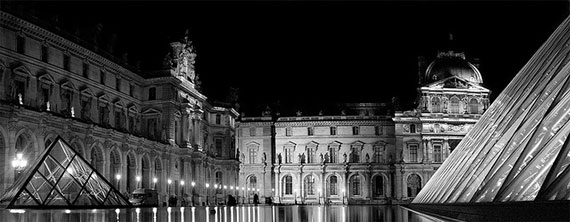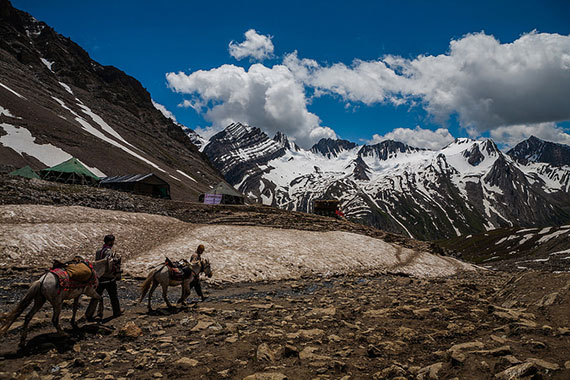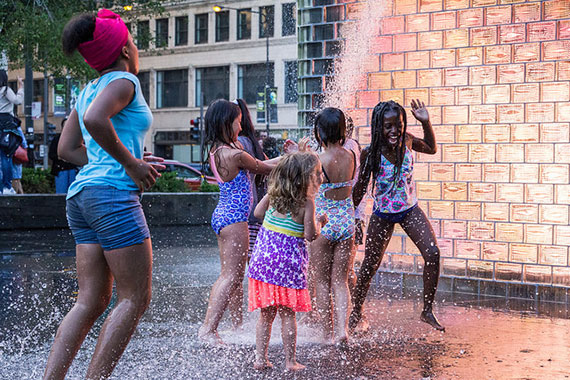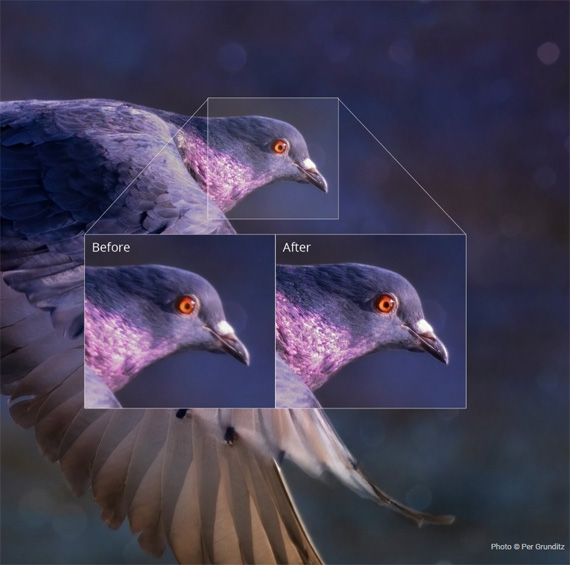One of the most frustrating experiences for a photographer is to get home from a photo trip with some great images only to find that some of the images are not sharp. To help solve this problem, this article covers seven things that a photographer can do to create really sharp images.

Photo by Matus Kalisky
Tripod
When it comes to getting sharp images, the first place to start is with a tripod. A tripod provides a stable platform that holds the camera rigid — dramatically increasing the sharpness of the image.
Weighting the tripod
A tripod is a good start. However, a tripod can be made even more stable by using some object to weigh down the tripod. This produces even sharper images. This is so important that many tripods have some type of mechanism at the bottom of the center post that was designed for hanging objects to add weight to the tripod.
A simple way to take advantage of this feature is to carry a small net bag with your photo equipment. The bag can be filled with rocks, or other materials, and attached to the tripod. Even if a tripod doesn’t have such a mechanism, other methods can be used such as hanging a camera bag from the center column of the tripod.
Shutter release
Just because a camera is on a tripod doesn’t mean that the camera will be steady. The simple act of pressing the shutter can cause vibrations that will cause a loss of sharpness. The solution is simple. A remote switch can be used to release the shutter. A remote switch is a device that attaches to the camera through a cable, or wirelessly, and allows the photographer to release the shutter without touching the camera.
Mirror lock up
Even if the camera is set up on a tripod, the tripod is weighted down, and a remote switch is used, image quality can still be degraded due to vibration from the movement of the camera’s mirror when the shutter is released. This vibration is primarily a problem with shutter speeds between about 1/30s and 1s.

Photo by sandeepachetan.com travel; ISO 100, f/7.1, 1/1250-second exposure.
This is easily solved by enabling the mirror lockup function on the camera. Once enabled, pressing the shutter button once swings the mirror out of the way. Pressing the shutter button a second time releases the shutter. This way, the mirror vibration dies out before the shutter is released.
Aperture
The middle apertures (around f/8 for most lenses) produce the sharpest images. The larger apertures produce softer images due to various aberrations while the smaller apertures produce softer images due to diffraction.
Shutter Speed
While a tripod eliminates camera movement, the subject that is being photographed may be moving. Thus, a shutter speed that is high enough to freeze the subject movement should be used. This may require that a larger aperture be used in order to get the proper exposure
ISO
Increasing the ISO will allow a higher shutter speed to be used in order to stop the movement of the subject.

Photo by Don Harder; ISO 3200, f/5.0, 1/1250-second exposure.
Following these techniques will put you on your way to creating some really sharp photos.
About the Author:
Ron Bigelow (www.ronbigelow.com) has created an extensive resource of articles to help develop photography skills.
For Further Help Achieving Crisp, Sharp Photos:
In photo editing news, Topaz Sharpen AI v3.0 was just released, and it’s on sale now! With a new, faster AI Engine and model improvements for large blur, the latest version of Sharpen AI will impress more photographers than ever.
It is currently 25% off which ends soon, plus our readers can save even more by using the coupon code picturecorrect at checkout.
See how it works here: Topaz Sharpen A.I. at 25% Off
Go to full article: How to Capture Really Sharp Photos
What are your thoughts on this article? Join the discussion on Facebook
PictureCorrect subscribers can also learn more today with our #1 bestseller: The Photography Tutorial eBook
The post How to Capture Really Sharp Photos appeared first on PictureCorrect.
from PictureCorrect https://ift.tt/2v4An9G
via IFTTT







0 kommenttia:
Lähetä kommentti